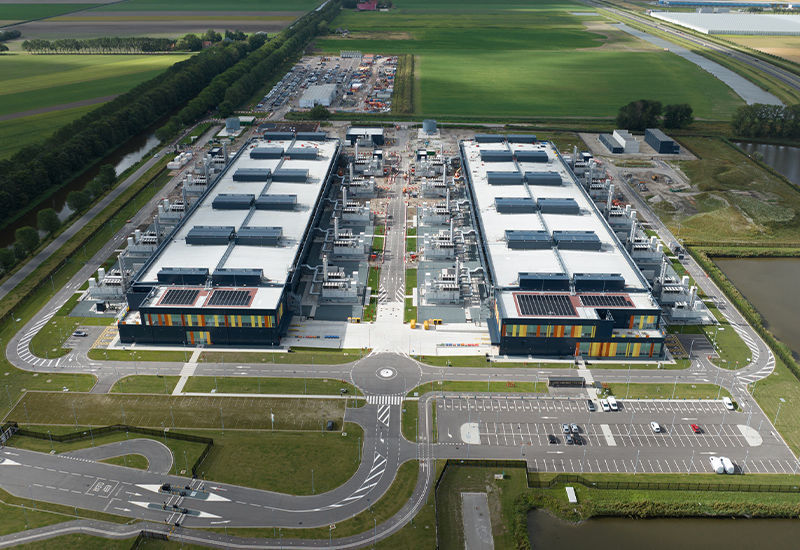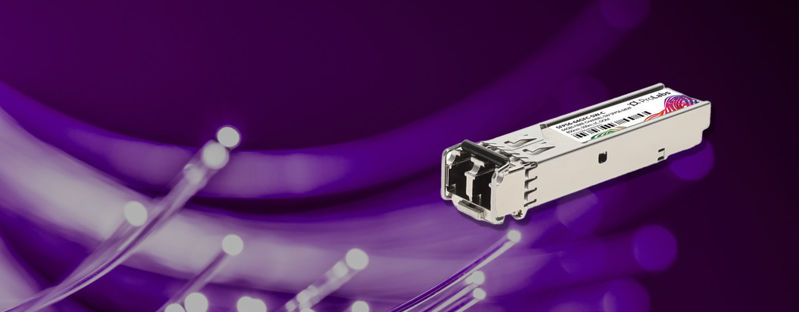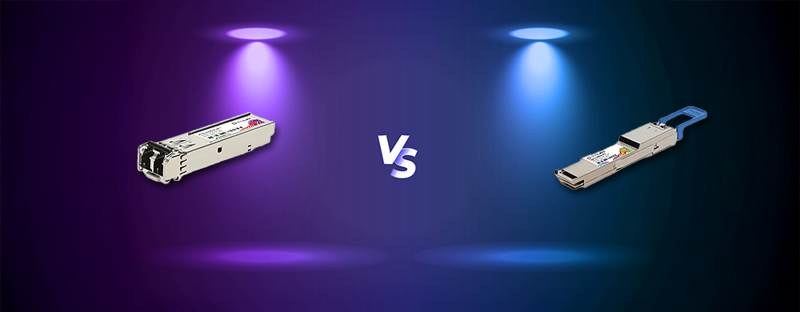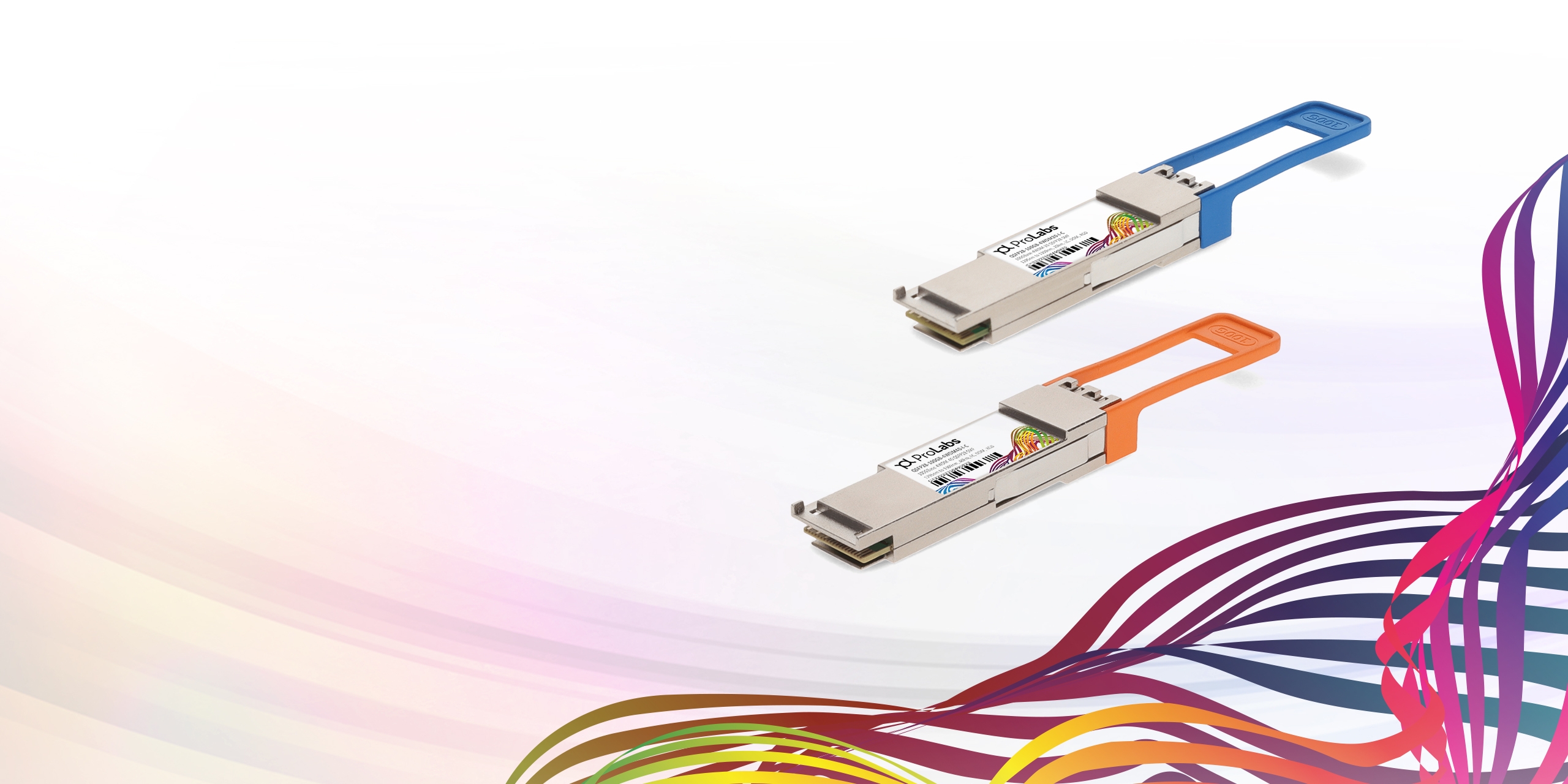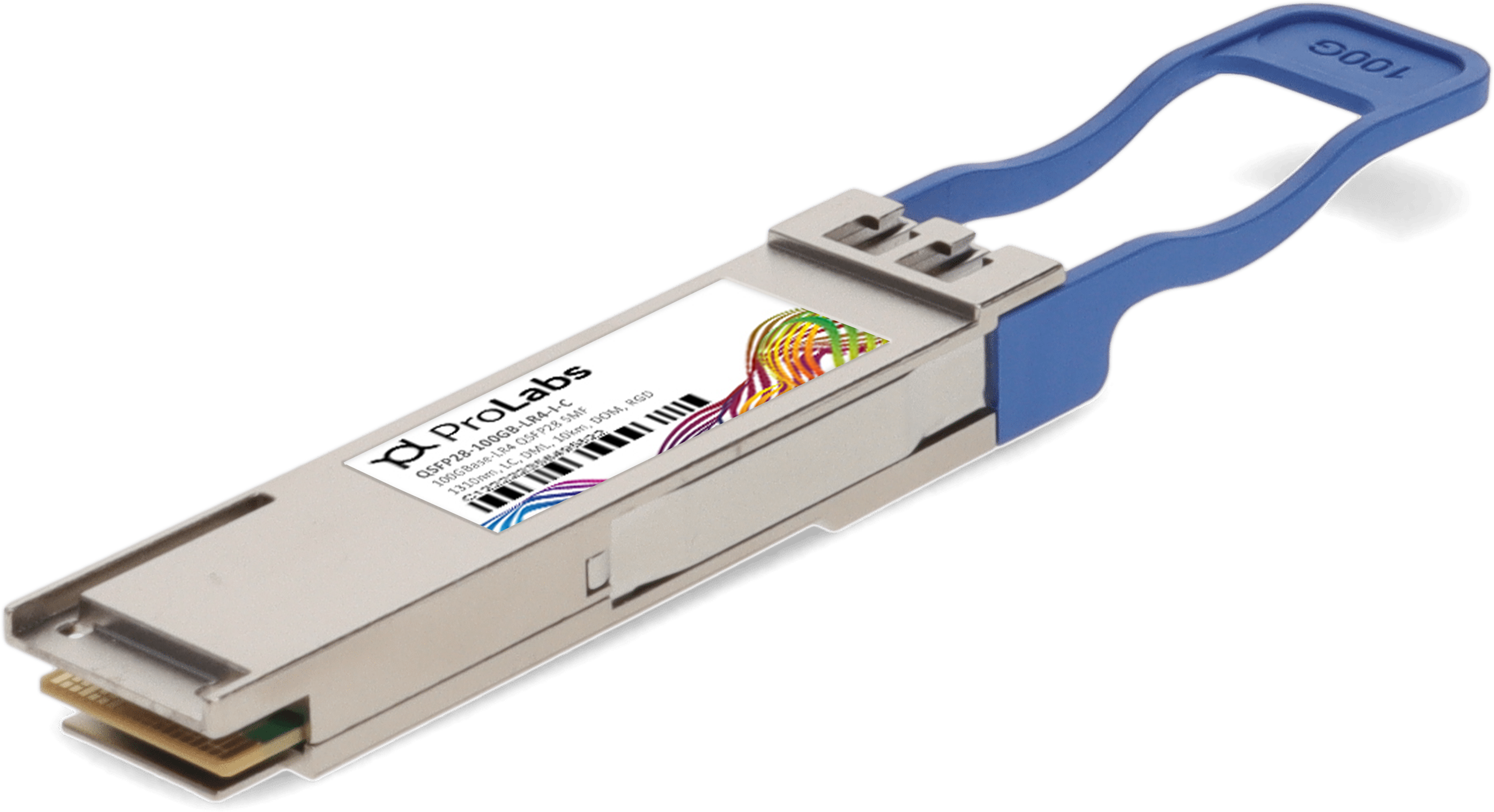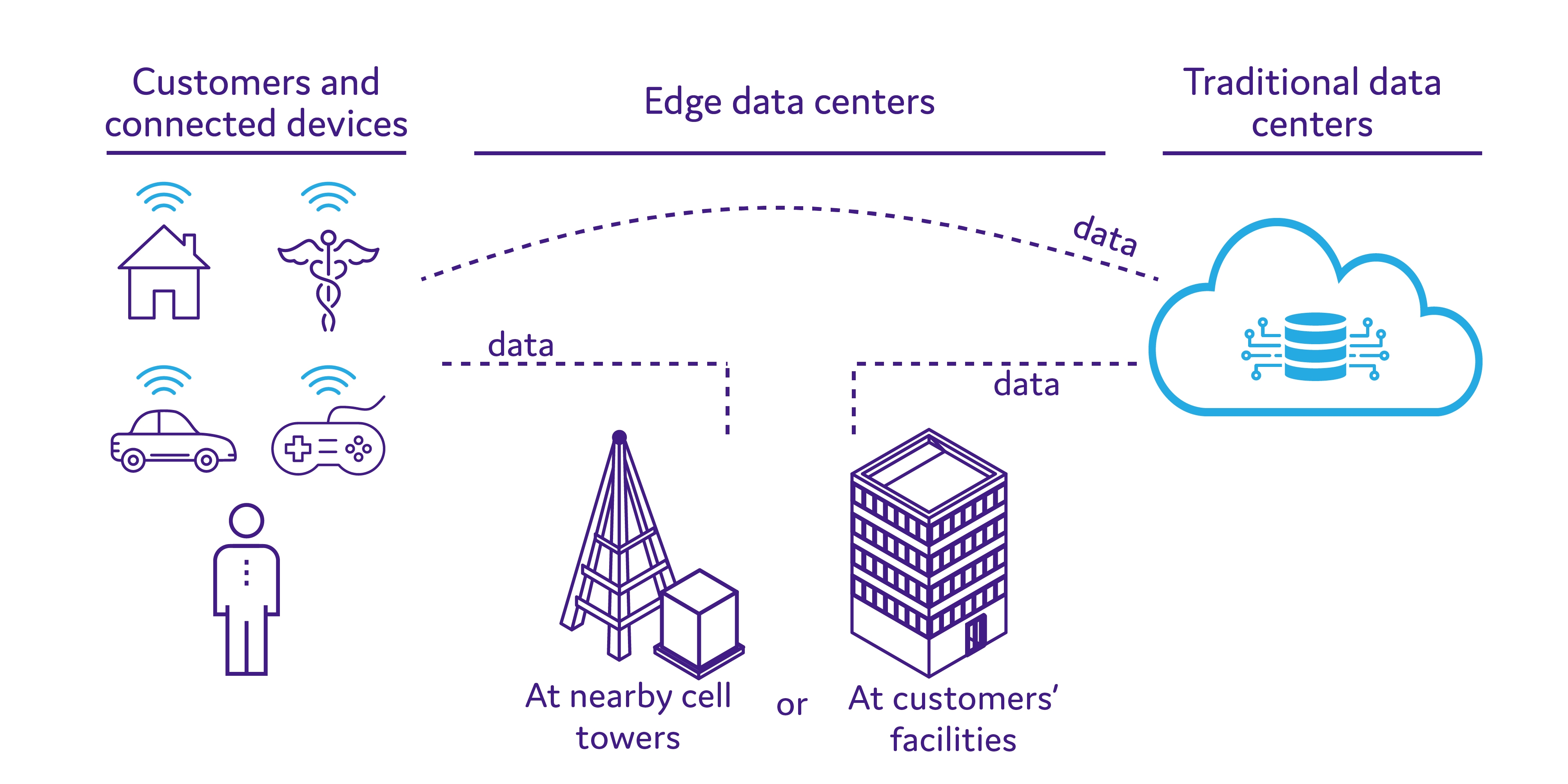Organizations of all sizes are turning to optical technology to solve the need for greater speed, longer distances, and more interconnections for their networks. Telco, Internet Content Providers, Cable, and Data Center operators are all chasing the rapid innovation in optical technology to build their networks and to ensure they have the bandwidth to meet the ever-increasing demand.
To address these market challenges, standards organizations are creating specifications to ensure interoperability. These groups are typically composed of technical employees from equipment vendors, telecommunication network owners, government regulators, and researchers. Standards bodies strive to create unique specifications that may incorporate the work of other standards organizations in order to create solutions with the widest possible market and avoid duplicate efforts, in this column we will highlight the key groups focused on optical devices and interfaces which are crucial for any vendor to work with as they define their optical strategies.
Multi-Source Agreement (MSA)
This is a type of standard developed by vendors outside a formal standards organization. There are many successful MSAs used throughout data networks and MSAs are being developed for coherent optical transceivers at 100G and greater data rates. Multi-source Agreements are typically developed for the following reasons:
1) They might bring a technology to market faster than a standards group.
2) There is not a standards organization working on the specific technology in question.
Vendors elect to contribute intellectual property to MSAs to help standardize and market a particular technology.
Major standards organizations in the optical space include:
Institute of Electrical & Electronic Engineers (IEEE)
All of the physical and signaling standards for Ethernet are defined within the IEEE. The IEEE and its members inspire a global community to innovate for a better tomorrow. The IEEE is the trusted “voice” for computing, and technology information around the globe and it defines the Ethernet components and protocols that represent a major portion of the optical connectivity market.
Internal Telecommunications Union and American National Standards Institute (ITU-T / ANSI)
Synchronous Digital Hierarchy (SDH) and Synchronous Optical NETwork (SONET) were developed by the ITU-T and ANSI. The ITU-T is the main group driving ongoing work to develop standards for optical transmission used predominantly in the Telco market. Their work is also used in long-distance transmission in the Telco and Independent Communications Provider (ICP) markets.
Optical Interworking Forum (OIF)
This organization is responsible for developing optical Advanced Programming Interfaces (API) that enable the interoperability of optical components and software across multiple network layers. The Implementation Agreement for 400ZR coherent optical interfaces, published in April 2020, is an industry first for interoperability of coherent optics. Since then they have developed a series of Implementation Agreements for coherent optics
CableLabs
The Hybrid Fiber Coax (HFC) standards were developed by CableLabs, which is a consortia of cable companies that seek to create standards for the cable industry. They work on evolving and expanding optical specifications to bring greater optical capability and manageability to HFC networks. Their P2P(Peer-2-peer) coherent optical specification defines coherent 100G and 200G optical interfaces for use with DWDM in the access portion of HFC networks. In addition, CableLabs is defining a bidirectional, coherent single wavelength optic for use in fiber constrained environments. In their specifications, CableLabs sites several existing standards developed by both the ITU and the IEEE to ensure interoperability with other components, systems, and networks. Interoperability testing is coordinated by CableLabs and is open to any company that wants to test the physical layer (transceivers) to ensure alignment with their standards and interoperability with other vendors.
Groups Focused on Network Management
All standards groups may define some degree of management for their specific technology, but none undertake the definition of managing all the optical technologies required to create a fully operational network. Therefore, optical management standards and specifications are developed by several groups. The MEF although originally focused on creating the standards for Ethernet services, has recently been creating specifications and Implementation Agreements to define service orchestration for data networking. A small portion of their work focuses on managing optical interfaces. In addition, there are open source tools like Ansible, Puppet, and Chef that can be used to enable some degree of optical interface management.
Conclusion
Developments are occurring rapidly in the areas of packaging, electrical, optical, and management of grey and DWDM coherent pluggable optical interfaces that support 100G and higher data rates. The pace of change and options available from vendors makes it difficult for end-users to know the best solutions for building optical links. At ProLabs this is our specialty. We bring you the insight to have confidence and peace of mind when making these decisions. We follow the standards in development, and we work with our suppliers on emerging technologies. Our worldwide experience with optical networks gives us the vision to understand all the trade-offs for each technology option. And then in consultation with our customers, we analyze their needs and create unique standards-based solutions that support their network requirements.
Simply follow the links below to see our full series of coherent articles:



